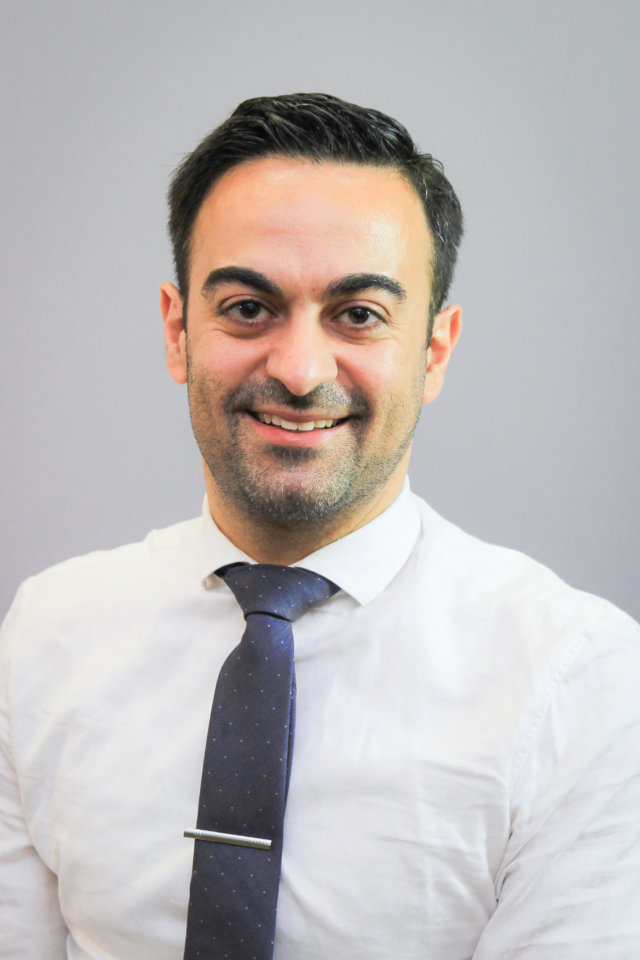Phedias Diamandis – 2020 Feature Grant Recipient
Generously Funded by ‘DUNN with Cancer‘, A Movement of Hope in Memory of Allison
 Phedias Diamandis – University Health Network/Princess Margaret Cancer Centre
Phedias Diamandis – University Health Network/Princess Margaret Cancer Centre
Project Title: “Development of deep learning approaches for deciphering and targeting intra-tumoural heterogeneity in Glioblastoma”
Description of Project:
Glioblastoma is the most common and aggressive form of brain cancer with an expected survival of only ~12-15 months from diagnosis despite spirited surgical/medical therapy. This poor outlook has remained fairly unchanged over the past half century despite many breakthroughs in our understanding of glioblastoma biology.
One recent explanation for these previous failures is that while we often think of a patient’s tumour being a homogenous mass of identical cancer cells, there are in fact a number of tumour sub-clones within each glioblastoma that respond differently to therapy. This means that existing treatments may not equally target all tumour cells and allow resistant subclones to survive and drive disease recurrence/progression.
Approaches that can help the routine characterization and personalized management of these tumour subpopulations, could provide an effective means of better controlling glioblastoma. To address this, Dr. Diamandis’ Lab plans to harness expertise in artificial intelligence to explore if this technology can help automate detection of biologically distinct tumour subregions.
Routine detection and characterization of tumour subclones, within each individual patients’ tumour, could help propose personalized and effective drug combinations that together target a larger fraction of the overall tumour biology. This could ultimately provide more durable responses for patients.
What receiving this award means:
I am humbled and excited that our work was selected for a 2020 Feature Research Grant by Brain Tumour Foundation of Canada. In this project, we couple some of our most exciting technologies we’ve worked on including mass spectrometry-based proteomics and artificial intelligence to develop a platform that could allow doctors and scientists to more routinely assess biological variation found in patients’ glioblastomas.
We expect this tool to help better decipher the regional molecular variation in individual patient tumours and guide the design of advanced combination therapies that aim to target a larger fraction of the tumour’s true biology. We hope this will improve outcomes for this deadly disease and other cancer in general.
This award is also important in helping us grow the brain tumour research community. Each opportunity where we can recruit and train additional young and promising scientists in the areas of brain tumours research, has exponentially positive and lasting effects. They help contribute to making our brain tumour community larger and sustainable in the long term. By creating valuable new insights and qualified personnel in brain tumours, we improve our visibility and competitiveness in other more general research opportunities.
Progress Update: March 2022
While we now understand that each person’s brain tumor is slightly different than anyone else’s, it has recently become clear that individual tumors can also show profound region to region variation within themselves. This “intra-tumoral heterogeneity” can wreak havoc on current diagnosis and treatment strategies due to challenges in sufficiently sampling the cancer’s biodiversity geographically distributed across large tumor samples. To address this, the Diamandis Lab has developed a tool that leverages artificial intelligence to generate “Histomic Atlases of Variation Of Cancers” (HAVOC). Importantly, they demonstrated that this tool can capture cancer variation across large tumor samples. They are now validating this tool on a larger cohort of glioblastomas to highlight its generalizability. Routine generation of these histomic cancer atlases offers an objective means to guide regional deployment of limited molecular resources to the most relevant and biodiverse tumor niches.
Final Report – July 2023
With the ultimate goal of developing a “clinic-ready” artificial intelligence (AI) tool that maps regions of cellular diversity across cancer tumors, our lab has been working on refining our initial prototype tool HAVOC “Histomic Atlases of Variation Of Cancers,” which provides regional coordinates and estimates of cellular diversity in cancer tissue samples. While validating our prototype on a large cohort of high grade gliomas, we found that HAVOC could detect geographically-distinct cancer cell subpopulations with different morphologies and relative abilities to rapidly multiply, even within large tumors. We summarize these findings and other crucial benchmarking experiments in our recent manuscript pre-print and we also show that our prototype can work on multiple cancer types, thereby highlighting its generalizability. Since the identified regions of cellular diversity identified by HAVOC align with key indicators of cancer aggressiveness, and since HAVOC can be deployed by clinicians without any significant AI hardware or coding expertise, we envision HAVOC becoming a routine and powerful tool for mapping cancer cell diversity in many clinical and research tissue-based studies.